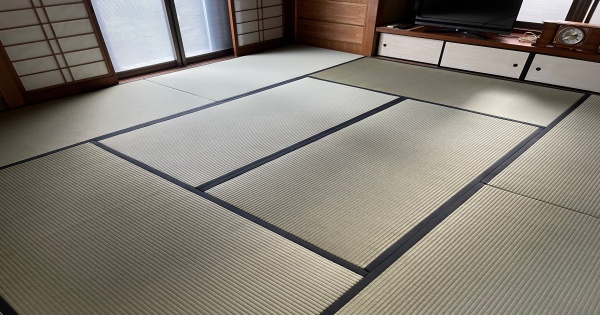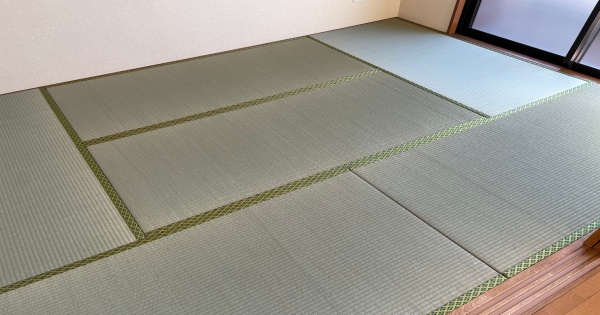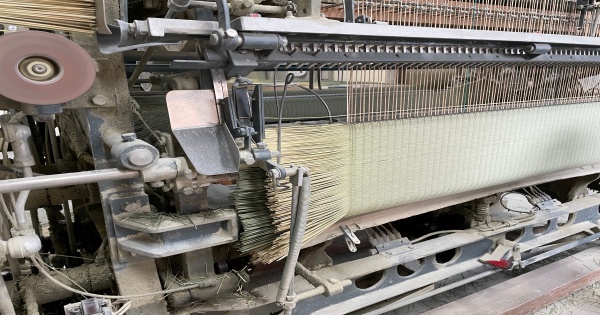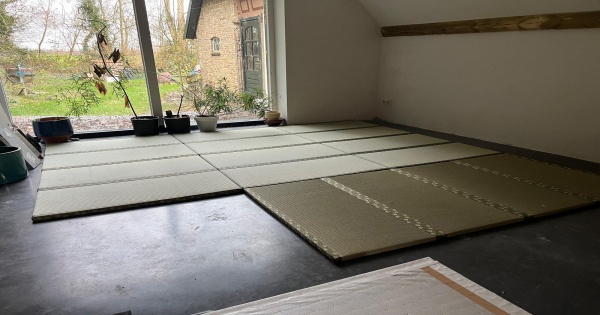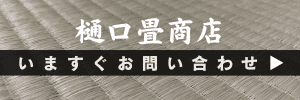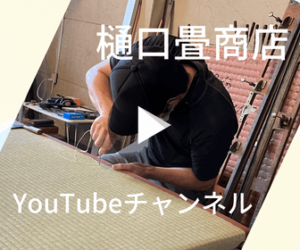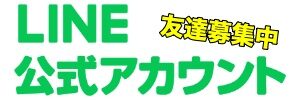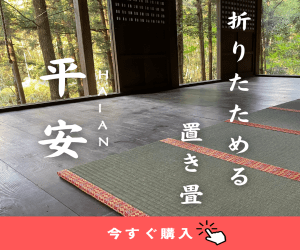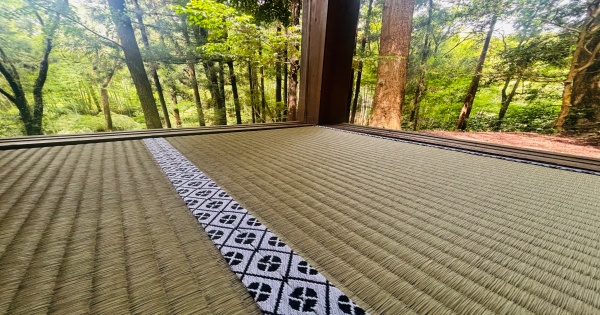
Tatami is a traditional Japanese flooring material known for its beauty and functionality, beloved by people all around the world. The surface of tatami, known as the "tatami omote," is primarily made from a plant called "igusa" (rush grass). The quality of this igusa significantly affects the appearance, durability, and comfort of the tatami. Particularly, there are notable differences between Japanese and Chinese igusa, with factors such as the environment in which the plants are grown, and the manufacturing process playing a major role.
In this article, we’ll explore the key differences between Japanese and Chinese igusa used in tatami, and what makes them unique.
1. Difference in Growing Environment

Characteristics of Japanese Igusa
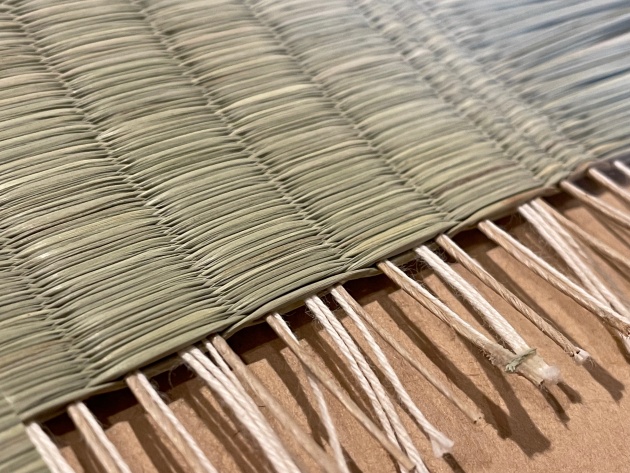
Japanese igusa, especially from Kumamoto and Fukuoka and Okayama and Oita and Hirosima and Isikawa and Kooti prefectures, is grown with meticulous attention to its cultivation process. First, great care is taken to select and manage the soil suitable for growing igusa. In this well-maintained environment, the igusa grows tall and robust, with thick stems and high fiber density. This results in a tatami surface that is not only beautiful but also highly durable with a glossy finish when woven into a mat.
Moreover, Japanese farmers oversee the entire cultivation process from growth to harvest, ensuring strict quality control. This results in a tatami omote that not only looks great but also offers superior durability and functionality.
Characteristics of Chinese Igusa
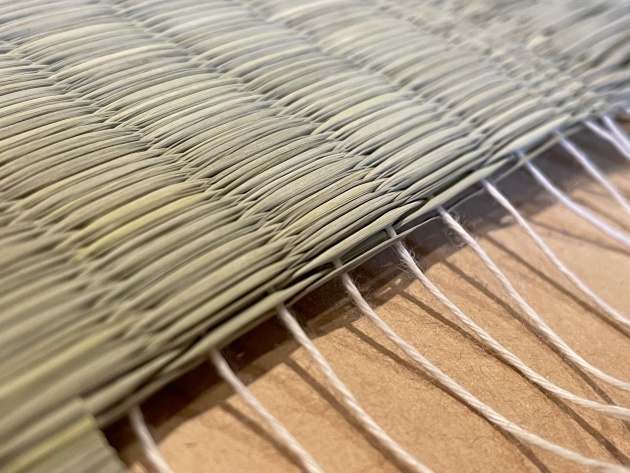
In contrast, Chinese igusa is cultivated over large areas where soil management is not as carefully maintained as in Japan. It is sometimes planted in less fertile or unmanaged land, which leads to shorter and thinner stems. As a result, Chinese igusa tends to have lower fiber density, affecting both the durability and appearance of the tatami.
In addition, to keep costs low, the quality control in the cultivation process may not be as stringent, leading to a broader range of quality within the final product.
2. Difference in Drying Methods
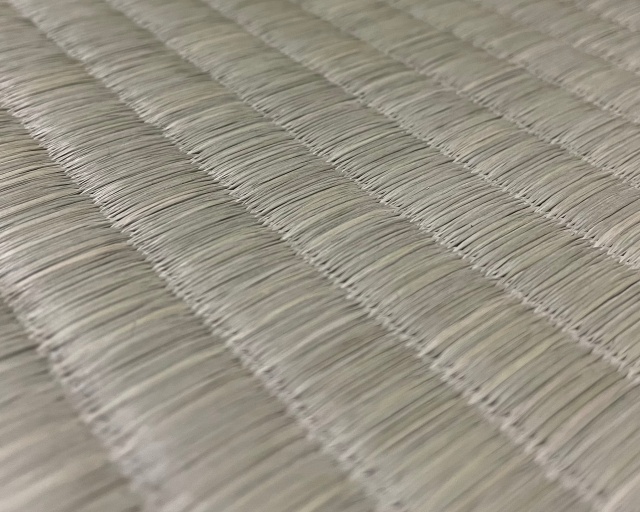
Japanese Igusa Drying Process
After being harvested, Japanese igusa undergoes a traditional drying method called "mud dyeing." This process involves coating the igusa with soil rich in natural pigments and then drying it slowly. This method softens the igusa, making it flexible and giving it a glossy surface. The fibers are compacted during the slow drying process, which enhances the durability of the tatami omote.
Additionally, the mud dyeing method helps achieve a consistent green-blue color that is typical of Japanese tatami. This beautiful color is also resistant to fading over time, ensuring that the tatami maintains its aesthetic for years.
Chinese Igusa Drying Process
Chinese igusa, on the other hand, is often dried without the traditional mud dyeing process to save costs. As a result, the surface can be rougher, and the color may appear uneven.
Furthermore, to reduce drying time, quick drying methods are often employed, which can weaken the fibers. This leads to quicker wear and tear in the final product compared to Japanese igusa.
3. Difference in Finishing Methods
Japanese Igusa Finishing Process
After weaving, Japanese igusa tatami omote is carefully brushed and polished to create a smooth surface and enhance its natural gloss. This finishing process adds a luxurious feel and appearance to the tatami, making it not only a functional but also an aesthetically pleasing part of any room.
Each tatami mat is finished by hand, with great attention to detail. This thorough process contributes to the longevity of the tatami, allowing it to retain its beauty for many years.
Chinese Igusa Finishing Process
In contrast, Chinese igusa tatami omote is typically machine-finished to keep production costs low. As a result, the surface is often less smooth and has less gloss than its Japanese counterpart.
Mass production methods may also lead to inconsistencies in quality, with some mats lacking the refined appearance or durability expected from high-end tatami.
Conclusion: Differences Between Japanese and Chinese Igusa
There are significant differences between Japanese and Chinese igusa tatami. Japanese igusa is carefully grown in ideal environments, subjected to traditional drying and finishing processes, resulting in durable, glossy, and high-quality tatami. Chinese igusa, while more affordable, may lack the same level of durability and aesthetic appeal due to its cultivation and manufacturing processes.
For those seeking long-lasting, high-quality tatami, Japanese igusa is the superior choice. Its smooth surface, vibrant color, and durability make it perfect for anyone wanting to incorporate traditional Japanese flooring into their home.
However, for those who prioritize cost, Chinese igusa can be a viable option, particularly for shorter-term use or budget-friendly tatami solutions.
Ultimately, choosing between Japanese and Chinese igusa depends on your needs and budget. Understanding the differences will help you make the right choice, ensuring that you can enjoy the comfort and beauty of tatami in your home.
A video has been posted on YouTube showing the production process of Japanese igusa and how it becomes tatami. It’s a bit of a long video, but if you're interested, please feel free to check it out.
Video link
Thank you for reading to the end.
